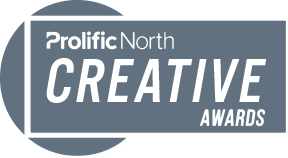We all like to believe we are the masters of our own destiny.
But we are often nudged towards making particular decisions in subtle but meaningful ways.
There is even a name for those doing the nudging: choice architects, as coined by Richard Thaler and Cass Sunstein in their influential book Nudge.
“A choice architect has the responsibility for organising the context in which people make decisions,” Richard Thaler explains.
“To count as a mere nudge, the intervention must be easy and cheap to avoid. Nudges are not mandates. Putting the fruit at eye level counts as a nudge. Banning junk food does not.”
There are examples of this everywhere.
Try buying a flight from Ryanair without being successfully nudged into paying more than the advertised price – whether for cabin bags, extra legroom, seat reservations, priority boarding or insurance – at what often feels like extortionate prices.
But choice architecture can also be welcome, especially when faced with what would otherwise be an overwhelming set of options.
Fashion retailers have understood for years that customers like to be guided towards complementary items.
Buy a pair of women’s shoes from Russell and Bromley and you will be shown a handbag to go with them.
View a product on Amazon and you will be shown items that are “frequently bought together” and others that “customers who viewed this item also viewed.”
These prompts are often useful for consumers, and they most definitely add to the bottom line for retailers.
Things get interesting when choices are framed in such a way as to make a purchasing decision seem like the best value or the most logical option.
When purchasing software it is common to see a package labelled as the “most popular” alongside a much more expensive package that effectively serves as a price anchor, making its counterpart seem cheap by comparison.
More insidious is when brands tap into what is known as the default effect.
This is when decisions are effectively made for you – such as using the maps app that came with your phone – even if a better alternative is readily available.









